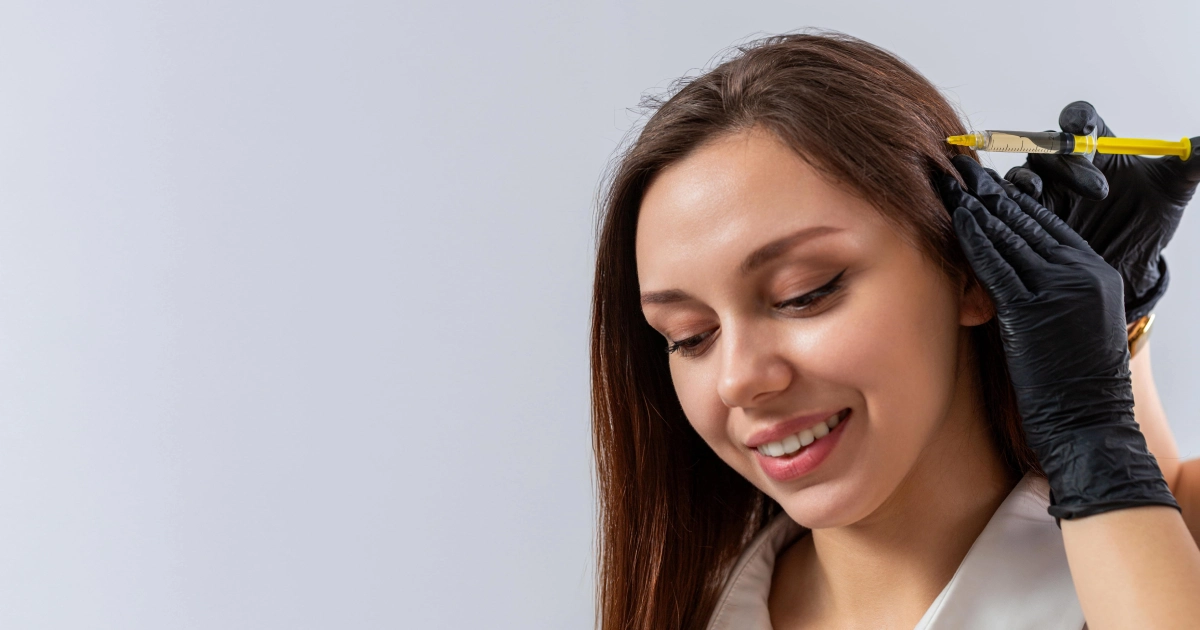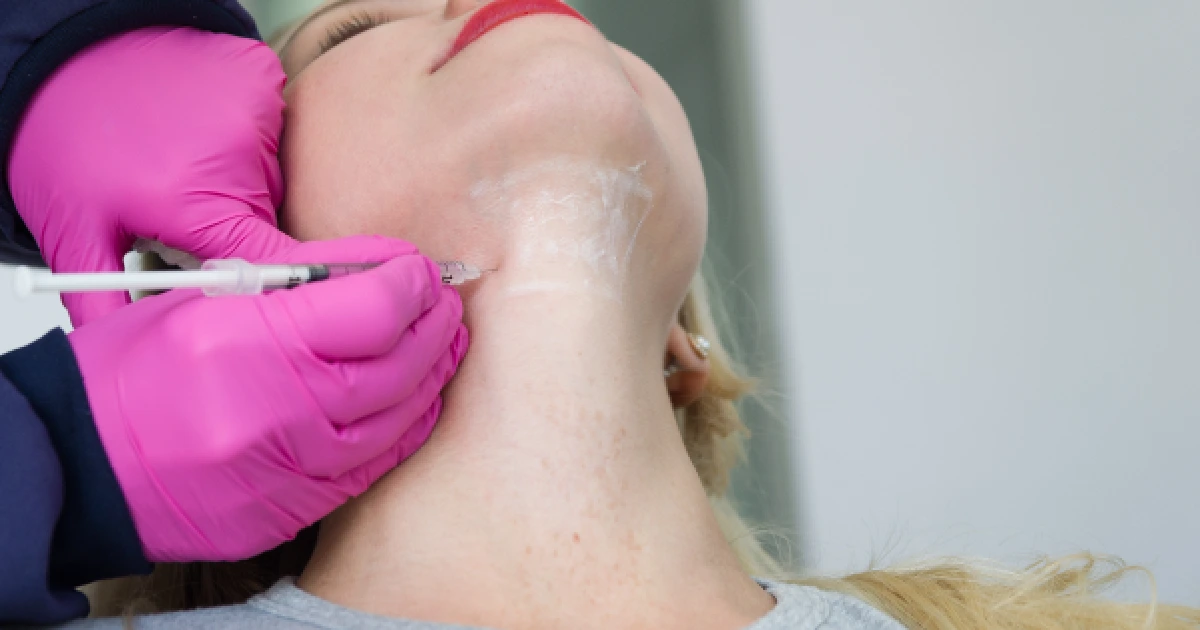Chemical peels have been a fundamental skincare aspect for years, delivering transformative effects for various skin issues. These treatments have evolved significantly, aligning with contemporary scientific breakthroughs and the evolving demands of skin care. They exemplify the continuous pursuit of beauty and skin wellness, providing a spectrum of results from subtle improvements to dramatic changes. At the forefront of this journey is RenovoMD, offering a distinct experience in health. This article aims to uncover the extensive history of chemical peels, charting their progression from early practices to today’s advanced medical-grade procedures and underscoring their persistent relevance in the dynamic world of skincare.
The Early Beginnings of Chemical Peels
Chemical peels, now a staple in modern skincare, have a rich history that dates back to ancient civilizations. This list post explores the early beginnings of chemical peels, highlighting key milestones and practices that laid the foundation for today’s advanced treatments.
- Ancient Egyptian Innovations: Egyptians used sour milk containing lactic acid to achieve smoother skin. Cleopatra bathes in sour milk to enhance her complexion.
- Grecian Contributions: Greeks apply chalk, milk, and honey to improve skin appearance. They also discovered the benefits of tartaric acid in grape skins for exfoliation.
- Roman Practices: Romans developed sulfur, alabaster, and animal oil concoctions for skin treatments. They recognize the importance of exfoliation and skin rejuvenation.
- Middle Eastern Techniques: Middle Eastern practices involve fermented yogurt and tartaric acid in wine. These methods contribute to the understanding of chemical exfoliation.
- Renaissance Developments: During the Renaissance, skin whitening became popular, using lead and vinegar. This period marks a shift towards more chemical-based skin treatments.
- 18th and 19th Century Progress: The discovery of glycolic and salicylic acids in the 18th and 19th centuries led to the development of modern chemical peels.
- Early 20th Century Innovations: Dermatologists began formalizing peel procedures using phenol and trichloroacetic acid (TCA). These developments pave the way for controlled, deeper skin peels.
- Mid-20th Century Advancements: The 1950s and 1960s saw the rise of standardized chemical peel formulations. Dermatologists gain a better understanding of peel depths and skin types.
The Rise of Medical-Grade Chemical Peels
The advancement to medical-grade chemical peels marks a significant evolution in skincare. This list post delves into the key developments and milestones that characterize the rise of these sophisticated treatments, showcasing how they have become a game-changer in modern dermatology and aesthetic medicine.
- Introduction of Specialized Formulations: Dermatologists create specialized peel formulas targeting specific skin issues. These peels offer more precise and effective treatments for acne, hyperpigmentation, and aging conditions.
- Enhanced Depth Control: Medical-grade peels allow for controlled penetration, ensuring safety and effectiveness. This advancement leads to customizable treatments based on individual skin types and concerns.
- Incorporation of Advanced Acids: Using more vital acids like Trichloroacetic Acid (TCA) and phenol becomes widespread. These acids facilitate more profound, more transformative peels.
- Combination Therapies Emerge: Practitioners combine peels with other treatments like laser therapy and microneedling. This approach enhances results and addresses a broader range of skin issues.
- Rigorous Safety Standards: The medical-grade peels undergo strict safety testing and regulation. It ensures higher safety standards and patient confidence.
- Customization and Personalization: Dermatologists tailor peels to individual skin types, conditions, and goals. Personalization becomes vital to achieving optimal results.
- Rising Popularity in Aesthetic Medicine: Medical-grade peels gain popularity for their dramatic and long-lasting results. They become a staple in cosmetic dermatology and aesthetic clinics.
- Ongoing Research and Innovation: Continuous research leads to newer, more advanced peel formulations. Innovations focus on minimizing downtime and enhancing skin rejuvenation.
- Educational and Training Programs: Specialized training programs for dermatologists and aestheticians become essential. These programs ensure proper application techniques and patient care.
- Global Recognition and Accessibility: Medical-grade peels gain international recognition, becoming accessible in many countries. They are recognized as a critical component of advanced skincare regimes.
Types of Chemical Peels Available Today
Chemical peels now offer a wide range of options for various skin concerns and goals. This post explores their types, unique features, and benefits in active voice.
- Superficial Peels: Gentle Refreshment: Utilize mild acids like alpha-hydroxy acids (AHAs) and beta-hydroxy acids (BHAs). It is ideal for treating fine lines, mild discoloration, and acne. It offers minimal downtime, making them perfect for routine skin care.
- Medium-Depth Peels: Deeper Renewal: Employ more vital acids like Trichloroacetic Acid (TCA) or Jessner’s solution. Target deeper wrinkles, sun damage, and moderate skin discoloration. Involve a short recovery period, with noticeable peeling and rejuvenation.
- Deep Peels: Intensive Transformation: Use potent acids like phenol for profound skin resurfacing. Address severe wrinkles, scars, and precancerous growths. It requires a longer recovery time but offers dramatic, long-lasting results.
- Enzyme Peels: Natural Exfoliation: Rely on natural enzymes from fruits like papaya and pineapple. Provide gentle exfoliation, suitable for sensitive skin types. Help in brightening the complexion and smoothing texture.
- Hybrid Peels: Customized Combinations: Combine various acids and ingredients for tailored treatments. Address multiple skin concerns simultaneously. It offers versatility and can be adjusted for individual skin needs.
- Retinol Peels: Age-Defying Effects: Retinol boosts anti-aging benefits, reducing wrinkles and improving skin elasticity. It is ideal for mature skin seeking a youthful look.
- Beta Peels: Acne-Focused Solutions: Focus on salicylic acid, practical for oily and acne-prone skin. Help in unclogging pores and reducing acne breakouts. It is also beneficial for reducing inflammation and redness.
- TCA Cross: Specialized for Scars: Use high concentrations of TCA applied precisely on acne scars. Promote skin remodeling and reduce the appearance of deep scars—a targeted approach for acne scar improvement.
- Mandelic Peels: Gentle for Sensitive Skin: Utilize mandelic acid, known for its gentler impact. Suitable for sensitive skin types and those prone to redness. Effective in treating fine lines, uneven tone, and acne.
- Lactic Acid Peels: Hydrating Exfoliation: Derived from milk, these peels are hydrating and less irritating. Excellent for dry skin. Help in achieving a brighter and more even skin tone.
Consult a Professional
The various chemical peels available today offer diverse solutions for different skin types and concerns. From gentle exfoliation to deep skin resurfacing, these peels provide options for everyone seeking to enhance their skin health and appearance. Consulting with a professional esthetician will provide clarity and guide individuals toward the best treatment option.
Read also about : How Effective is Laser Therapy for Spider Vein Removal
Takeaway
The world of chemical peels offers various treatments tailored to diverse skin care needs. These peels enhance skin health and appearance, from gentle exfoliation to deep rejuvenation. At RenovoMD, we are committed to helping you achieve your skincare goals with our expertly administered chemical peels. RenovoMD’s chemical peels can transform your skin. Make an appointment today.



